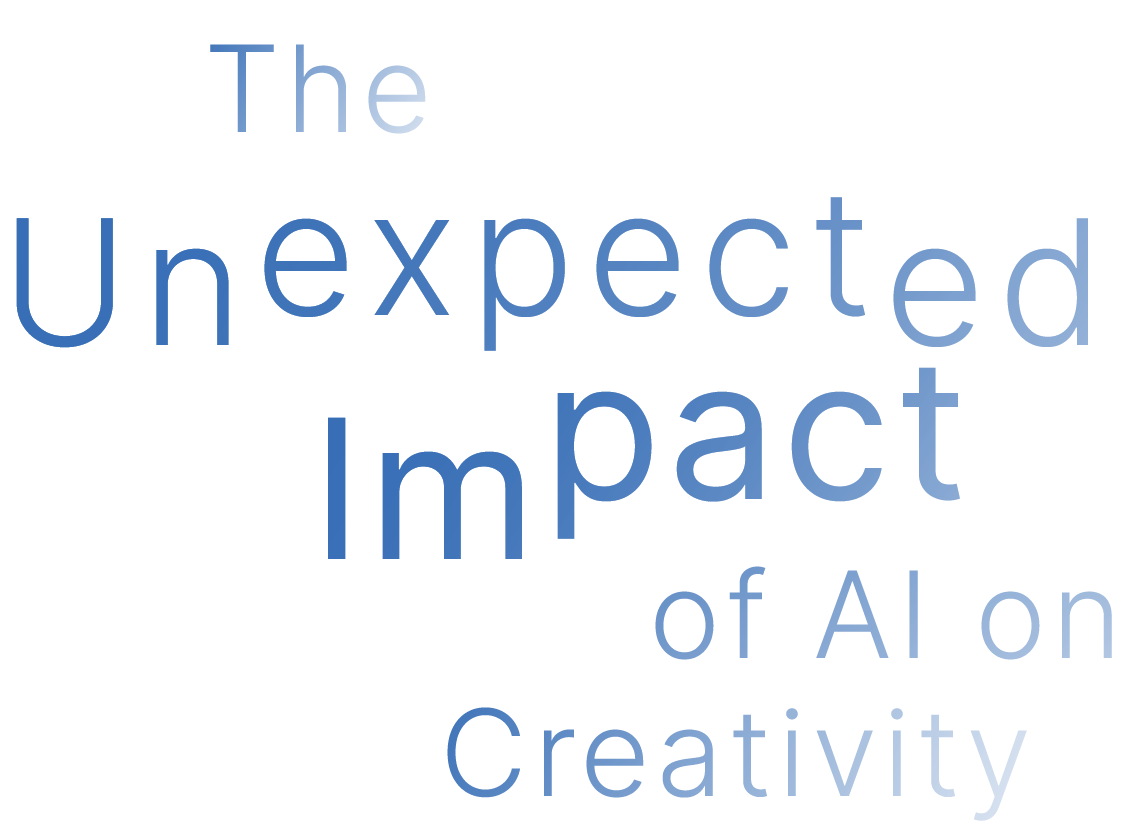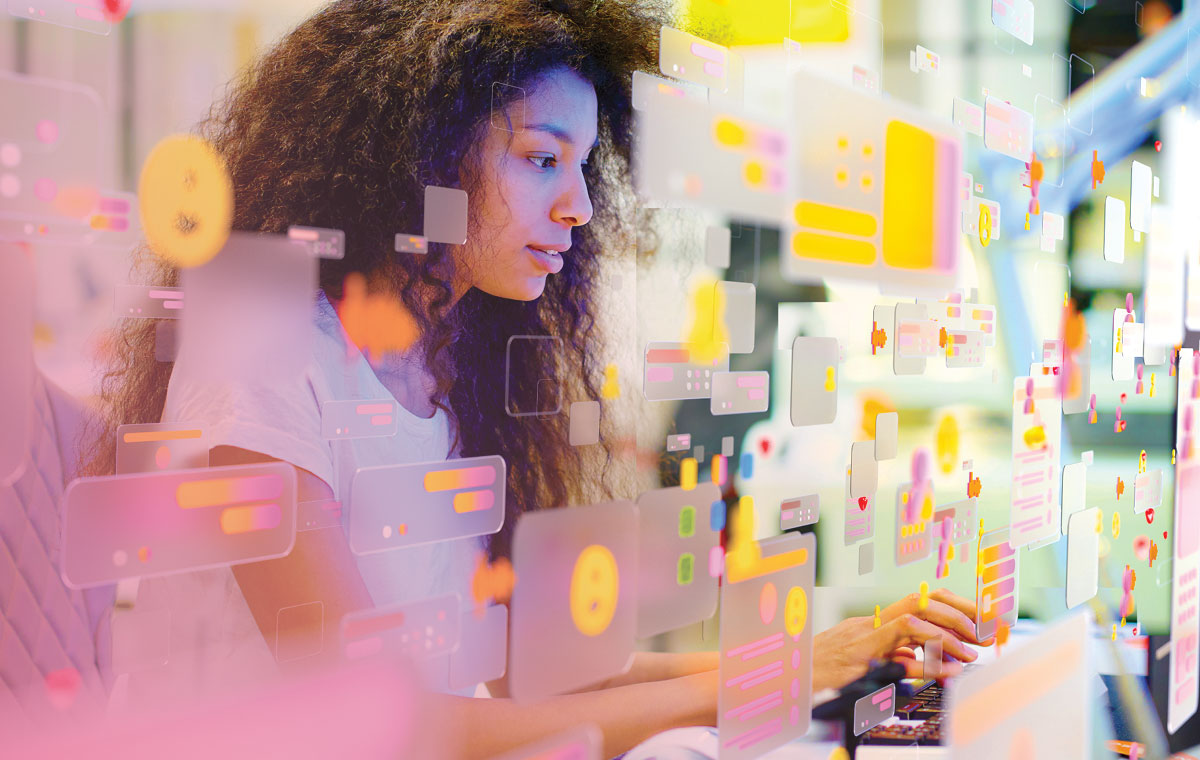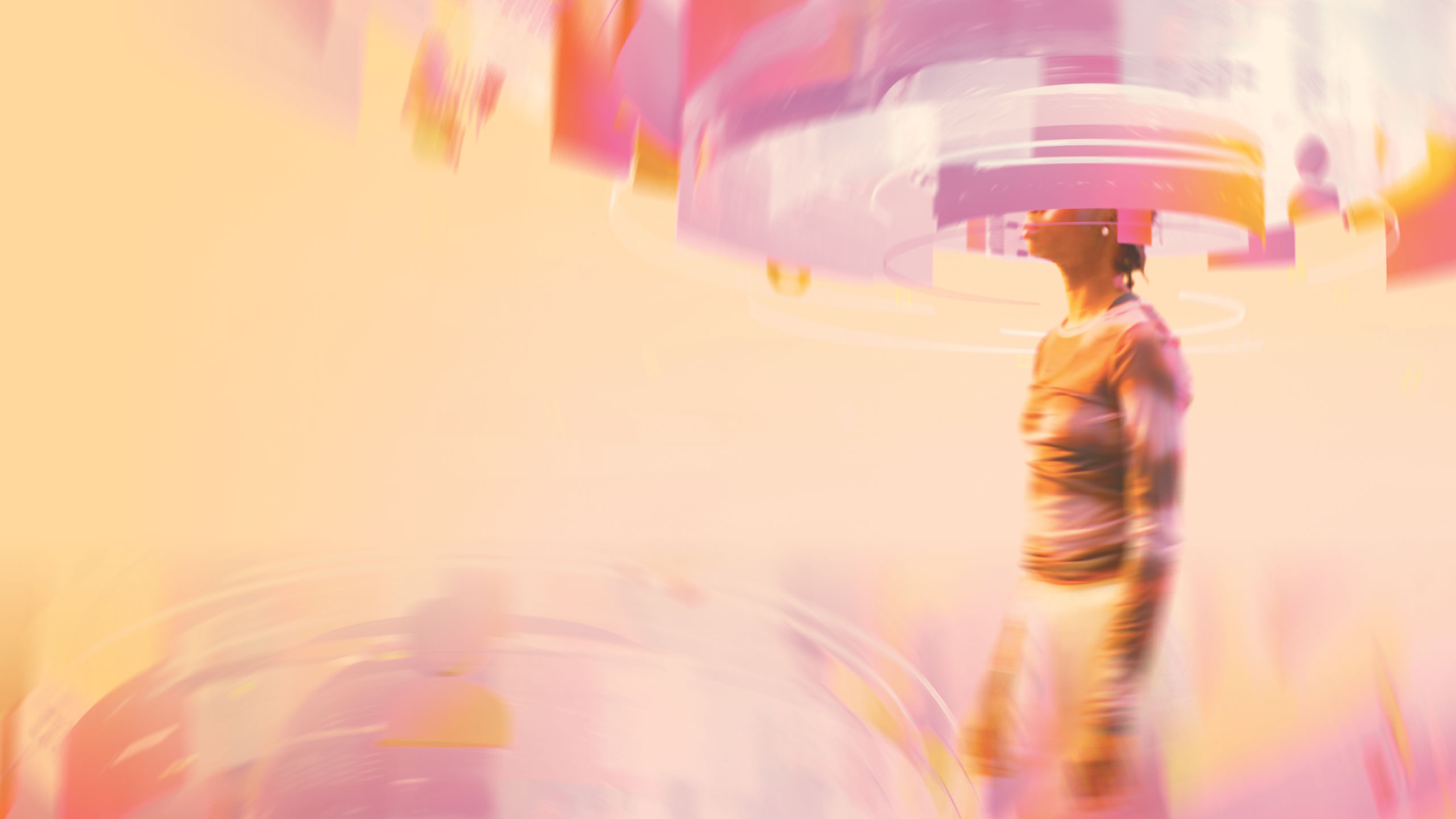



About

IN EVERY ISSUE
1.
PRESIDENT'S MESSAGE
Let’s Work Together and Make Some Magic!

2.
Publisher’s Message
Collaboration You Can Feel

3.
FROM THE EDITOR
Collaboration Opens the Door for Shared Leadership

Calendar of Events
4.

FEATURES
5.
Preparing for a Smooth Handoff: The tender, scary, and rewarding process of working towards a successful leadership transition

6.
The unexpected effect of AI on creativity: Protecting the human need to create nurtures motivation.

7.
5 Takeaways to Embrace – Collaboration as the New Currency

8.
How Collaborative Improv Comedy Techniques Can Enhance Client Engagement and Business Development

COLUMN
12.
2025 MCA AWARDS
The 2025 MCA Judges

13.
2025 MCA AWARDS
The 2025 SMPS Marketing Communication Awards Winners

14.
2025 MCA AWARDS
HITT Contracting Wins MCA Best of Show for High-Voltage Year-End Meeting

15.
2025 MCA AWARDS
Carollo’s I-FLOAT Campaign Wins MCA People’s Choice at Amplify A|E|C

16.
2025 MCA AWARDS
Interview with Brad Thurman: 2025 Weld Coxe Marketing Achievement Award Recipient

17.
2025 MCA AWARDS
SMPS Names 2025 Chapter President of the Year: Olivia Farquharson, CDMP, PCM

18.
2025 MCA AWARDS
SMPS Recognizes Of the Year Awards at Amplify A|E|C

19.
2025 MCA AWARDS
Congratulations to the 2025 Class of Fellows

20.
2025 MCA AWARDS
Congratulations to the New CPSMs

Protecting the human need to create nurtures motivation.
Like leading A/E/C growth professionals who are leveraging the transformative power of AI for research, planning, and content development, graphic designers, videographers, and digital media artists are embracing the revolutionary power of AI in their workflow. And like some marketers, there are creatives who are concerned about how their talents and passions fit into this completely new professional landscape.
Every day seems to reveal a new AI tool that promises another revolution in how graphic designers, videographers, and digital media artists create. Tools like Adobe Firefly use text-to-image AI to produce fanciful outcomes. Well-crafted prompts can generate artwork in seconds and deliver instant mood boards. With specific direction on style, context, and subject(s), the software assembles imagery from a seemingly unlimited bank of sources in seconds. It feels like we have teleported into an unimaginable future.
There are proponents in marketing and design who have positioned AI as a tool to streamline workflow or act as a collaborative assistant, allowing practitioners to concentrate on strategy and big ideas while machines take care of repetitive tasks or “heavy lifting.” However, whether you handle the creative for your firm, have creatives on your team, or hire an agency to handle audio/visual communications, it is essential to honor the human spark that lies at the core of the creative process.
A/E/C marketers and business developers derive satisfaction from helping our firms win work, expand into new markets, deepen client relationships, and attract top talent. We are motivated by knowing we are at the forefront of maintaining clear messaging, differentiation, and positioning our firms for success.
Creatives are makers who have an inherent need to craft memorable, new visual and audio content. In our industry, creatives collaborate with marketers to develop sharp brands, compelling videos, dynamic infographics, and well-designed proposals that enhance marketing initiatives. What happens for creatives when the “maker” part is handed over to AI?
Infinite Possibilities with an Uncertain Outcome
Many creatives are thrilled to be alive right now. Engaging with the forefront of AI is an unprecedented experience. Yet beneath the surface, a troubling paradox has emerged. As AI’s creative capabilities expand, there is a growing chorus of demotivation among creatives, who report experiencing a profound “lack of creating.”

Yet beneath the surface, a troubling paradox has emerged. As AI’s creative capabilities expand, there is a growing chorus of demotivation among creatives, who report experiencing a profound “lack of creating.”
This displacement from the creative process represents a significant and concerning psychological phenomenon. Who is the creator? The human who keys in generative prompts, or the technology that searches a massive database and delivers image assemblies in seconds? The automation of ideation, drafting, and iteration is eroding intrinsic motivation among creatives.
AI has hijacked their reward pathways and reduced the emotional, psychological struggle inherent to authentic iterative creation. Creatives must rediscover the meaning of their craft and redefine their relationship with AI. For further reading, see the seven fundamental steps in the creative process discussed in the article “Let Creativity Be Your Guide”.
Marketers who execute creative work or collaborate with creatives, as well as the creatives themselves, can underestimate their susceptibility to the behavioural, psychological, and physiological effects of AI-driven demotivation.
Avoid a Culture of Complacency
From a creative's perspective, diminished motivation can trigger a cascade of effects, including procrastination, reduced initiative, lowered self-efficacy, and cognitive fog. Suddenly, creatives are not experimenting, avoiding feedback loops, and undershooting their work product.
Your firm can be impacted by AI-related demotivation in your creative team, as overall innovative output diminishes, creative disengagement intensifies, and a culture of complacency begins to take root. Brainstorming sessions turn into silent reviews of AI outputs, feedback shifts from excitement to polite approval, and leadership becomes satisfied with a ‘good enough’ asset delivered on schedule.
While these consequences may seem predictable, the more subtle psychological effects of AI-related demotivation remain largely unexplored. Creativity is truly a ‘use it or lose it’ skill. Over-reliance on AI for ideation and execution gradually erodes a creative’s ability to think originally and problem-solve. Skill atrophy not only affects creative employees, but the diminishing practice of creative activities also weakens the entire company’s capacity for meaningful innovation.
Teams begin to lose the depth and agility needed to stand out and, over time, they risk losing the ability to initiate projects without prompt assistance.
At the management level, performance metrics might show improvement. Yet, beneath the surface, creatives’ dopamine-driven motivation and intrinsic satisfaction gradually diminish as their work grows more mechanical and less engaging.
Seeing AI in a Different Light
Preserving space for the human creative spark requires a fundamental shift in mindset, from seeing AI as a replacement or mere “answer machine” to embracing it as a powerful collaborator and a catalyst for inspiration, and an ideal augmentation tool. The deliberate use of AI to enhance human creativity preserves the value of human emotional insight and cultural nuance, while reducing role ambiguity through clearly defined AI-human responsibilities.
Early adopters in the creative field have found that AI still falls short of the complex human insight required for high-quality work. Each AI tool brings its own constraints and embedded biases, limitations that may soon become obsolete.

Preserving space for the human creative spark requires a fundamental shift in mindset, from seeing AI as a replacement or mere ‘answer machine’ to embracing it as a powerful collaborator and a catalyst for inspiration, and an ideal augmentation tool.”
For large A/E/C firms with resources and a willingness to invest in AI adoption for their creative team, the roadmap is clear: phased implementation, staff training, workflow adjustments, collaborative creative ownership, rigorous evaluation of AI outputs, and thoughtful process redesign to provide practical, achievable solutions.
For smaller firms with tight budgets who are using no or low-cost solutions, you and your team can still make a difference by teaching your leadership and creatives to view AI as a collaborative partner for brainstorming and overcoming creative obstacles, rather than a generator of ready-made solutions.
The endgame is to create a comprehensive “AI playbook” that clearly identifies routine tasks suitable for automation. This strategic approach eliminates workflow obstacles, promotes deeper creative flow states, and redirects focus toward the soulful, rewarding elements of creative practice.
The responsibility to protect human creativity extends beyond the organization; creatives themselves must deliberately preserve time for AI-free creative exploration and experimentation to prevent skill deterioration and reignite their passion for their craft.
Creative resistance to AI adoption is deeply personal, often rooted in the fear of becoming obsolete as automated tools threaten to replace human judgment and erode long-cultivated expertise. Honest communication is essential to acknowledge these hard facts: AI may indeed outperform lower-level creatives in certain routine aspects.
No solution is free from pushback, and both employees and firms bring genuine concerns to the table. However, this discussion must be reframed to emphasize that AI adoption should enhance employability, not threaten it.
Employees should see mastery of AI as a way to increase their value and future-proof their roles, recognizing that upward mobility will increasingly favor those who invest in levelling up their AI skills.
Meanwhile, firms may resist implementing balanced, augmentation-focused strategies because they prioritise getting more work done at the lowest possible cost, often viewing AI as a pure automation tool rather than a means of augmenting human talent.
Addressing these tensions requires clear policies, cultural alignment, and a commitment to ensuring AI integration supports both employee growth and sustainable business goals.
Christopher Dixon, BA, MBA, LLM, is the co-owner and CEO of Monster Media Group Limited, a digital and traditional AD agency. Mr. Dixon is currently pursuing a PhD at the University of the West Indies in Trinidad, specialising in marketing and AI. He sits on the Digital Business & Technology committee, Chamber of Commerce, and the Marketing committee of the Trinidad and Tobago Manufacturers' Association.
Connect on Linkedin












